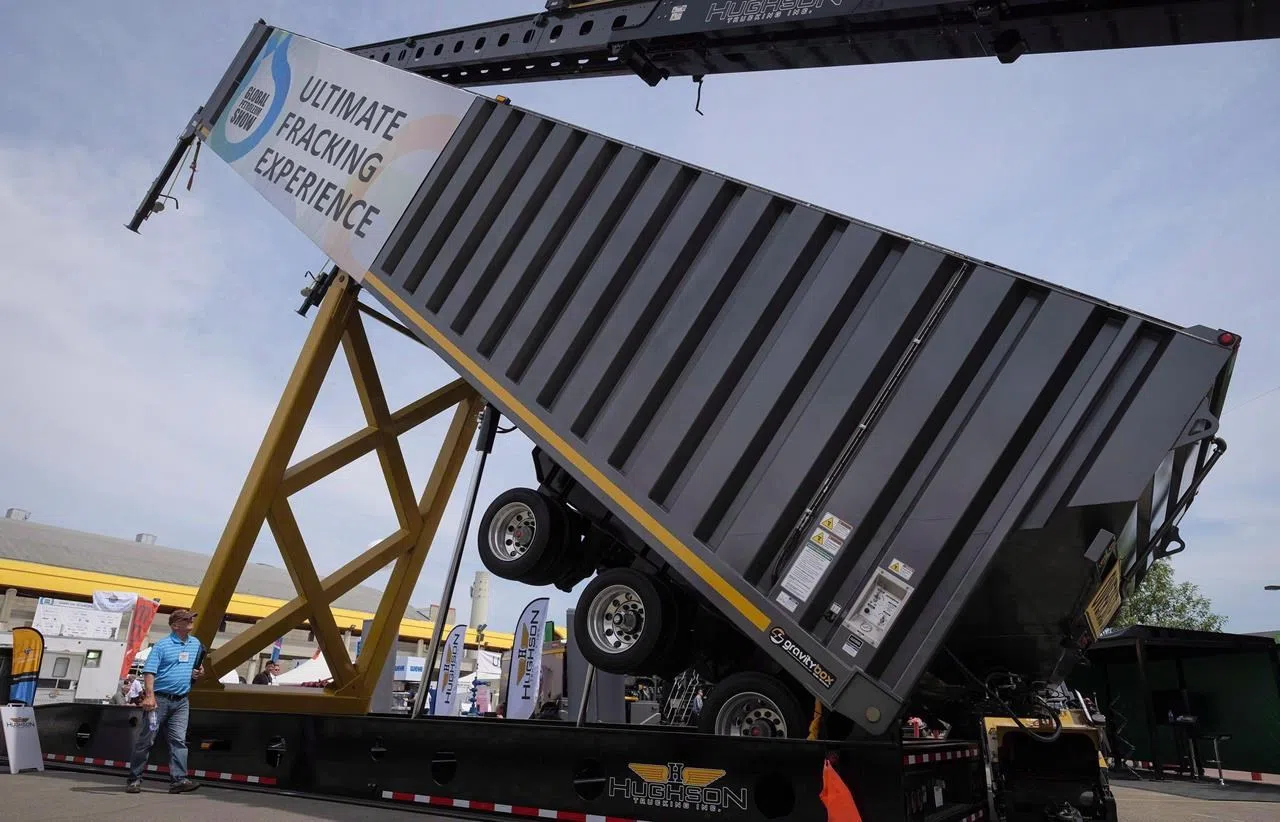
Study suggests bedrock stress a factor in fracking-caused earthquakes
New research is digging in to why fracking causes earthquakes in some areas but not in others.
A paper published Monday in Geophysical Research Letters suggests the likelihood of an artificial earthquake is heavily influenced by how stable the ground was before the energy industry showed up.
“Some places appear to be particularly responsive to (artificially-)occurring earthquakes while other places aren’t,” said Honn Kao, a seismologist with the Geological Survey of Canada and lead author.
Scientists have known for some time that injecting fluids to dispose of wastewater or to free underground reserves of oil and gas can cause earthquakes.
